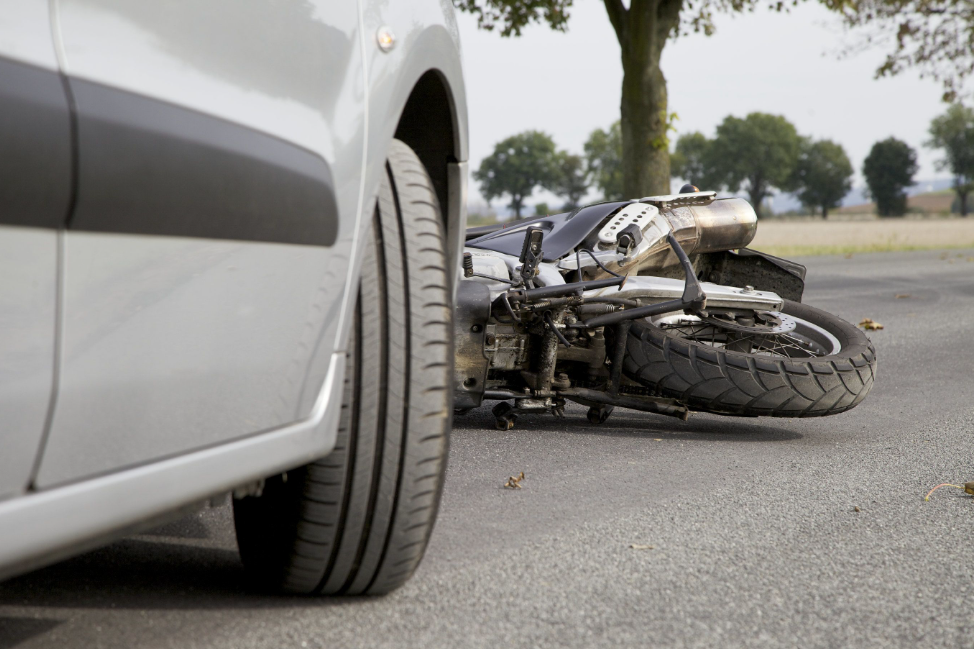The open road beckons, whether on two wheels or four, but the experiences and risks for motorcyclists and car drivers can significantly differ. Motorcycle accidents and car accidents, while sharing similarities, have distinct dynamics that warrant exploration. In this article, we delve into the nuances that differentiate motorcycle accidents from car accidents, shedding light on the unique challenges faced by motorcyclists on the road.
Vulnerability on Two Wheels
The most apparent difference between motorcycle accidents and car accidents lies in the vulnerability of motorcyclists. Unlike car occupants who are surrounded by a protective metal shell, motorcyclists are exposed, making them more susceptible to severe injuries in the event of a collision. The lack of structural protection is a critical factor that contributes to the different nature of injuries sustained in motorcycle accidents. This is why it is important to look for a Beverly Hills lawyer for motorcycle accident rather than using someone with experience in car accidents.
Impact of Speed and Maneuverability
Motorcycles are renowned for their agility and maneuverability, attributes that can be advantageous but also present unique risks. The ability to weave through traffic or navigate tight spaces may increase the likelihood of accidents, especially in scenarios where other drivers fail to anticipate a motorcyclist’s movements. Speed, combined with maneuverability, plays a crucial role in the dynamics of motorcycle accidents.
Risk of Ejection
In a car accident, occupants are secured by seat belts and the vehicle’s structure. In contrast, a motorcycle accident can lead to the rider being ejected from the bike upon impact. Ejection poses a higher risk of severe injuries, including traumatic head injuries, fractures, and abrasions. The consequences of ejection contribute to the distinctive nature of motorcycle accident cases.
Injury Patterns and Severity
The injuries sustained in motorcycle accidents often differ from those in car accidents. Motorcyclists are more prone to injuries such as road rash, traumatic brain injuries (TBIs), and spinal cord injuries due to the lack of external protection. Understanding these injury patterns is crucial for medical professionals, law enforcement, and legal professionals involved in the aftermath of a motorcycle accident.
Visibility Challenges
Motorcycles are inherently smaller and may be less visible to other motorists, particularly in blind spots. The visibility challenges faced by motorcyclists increase the risk of accidents caused by drivers who fail to notice or properly gauge the speed of an approaching motorcycle. Enhancing awareness about motorcycle visibility is vital for accident prevention.
Weather and Road Conditions
Weather conditions can have a more significant impact on motorcyclists than on car drivers. Rain, snow, or uneven road surfaces pose heightened risks for motorcycles due to reduced traction and stability. Understanding the implications of adverse weather and road conditions is essential for motorcyclists and other road users alike.
Single-Vehicle Accidents
Motorcycle accidents often involve single-vehicle incidents where the rider loses control due to factors such as road hazards, debris, or poor road conditions. Single-vehicle accidents represent a significant portion of motorcycle incidents and highlight the importance of rider awareness and control.
Conclusion
While both motorcycle accidents and car accidents involve collisions on the road, the distinctions in dynamics, vulnerability, and injury patterns set them apart. Recognizing these differences is crucial for promoting road safety and implementing effective preventive measures. Whether you’re a motorcyclist or a car driver, understanding the unique risks associated with each mode of transportation contributes to a safer and more informed driving experience for everyone on the road.















